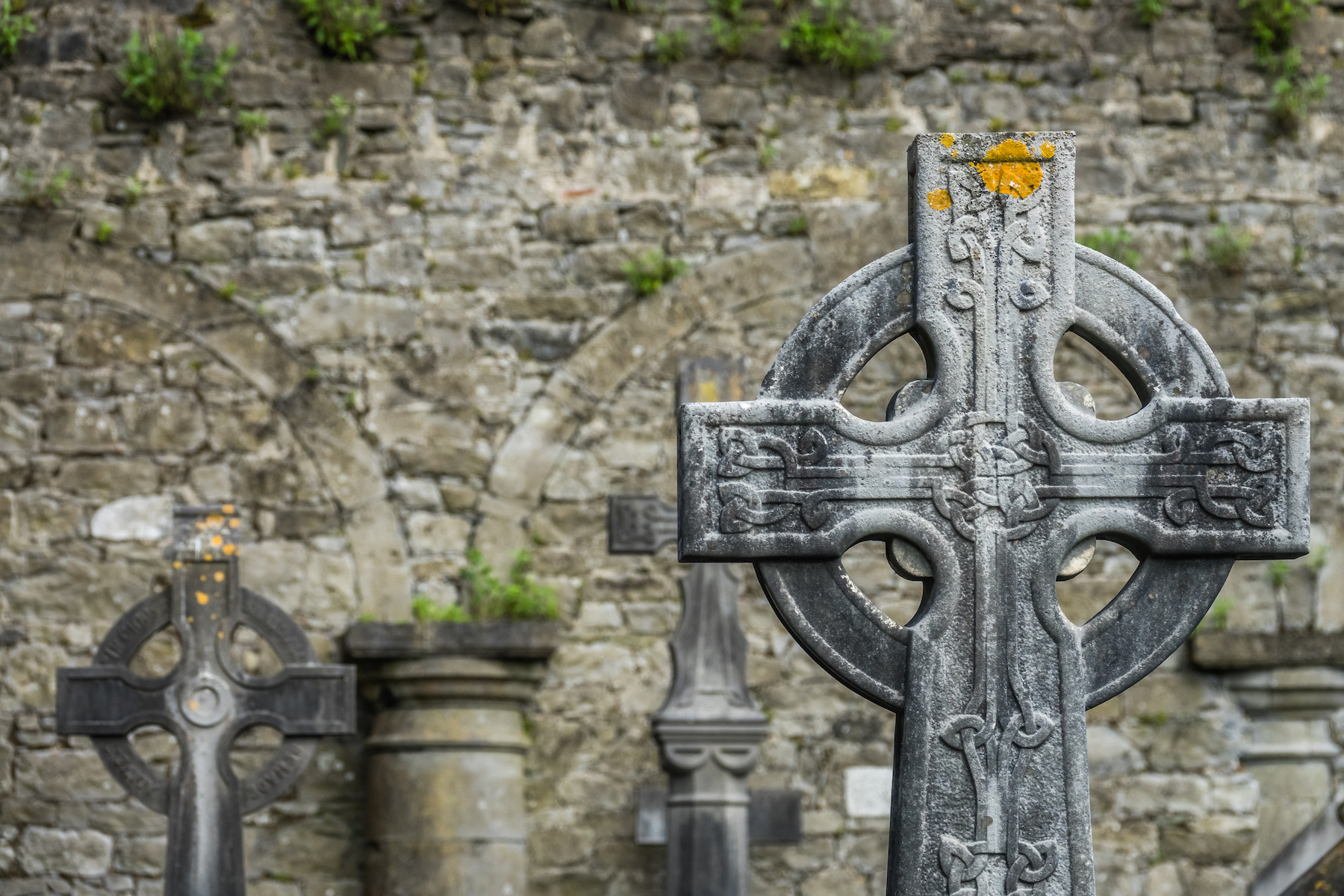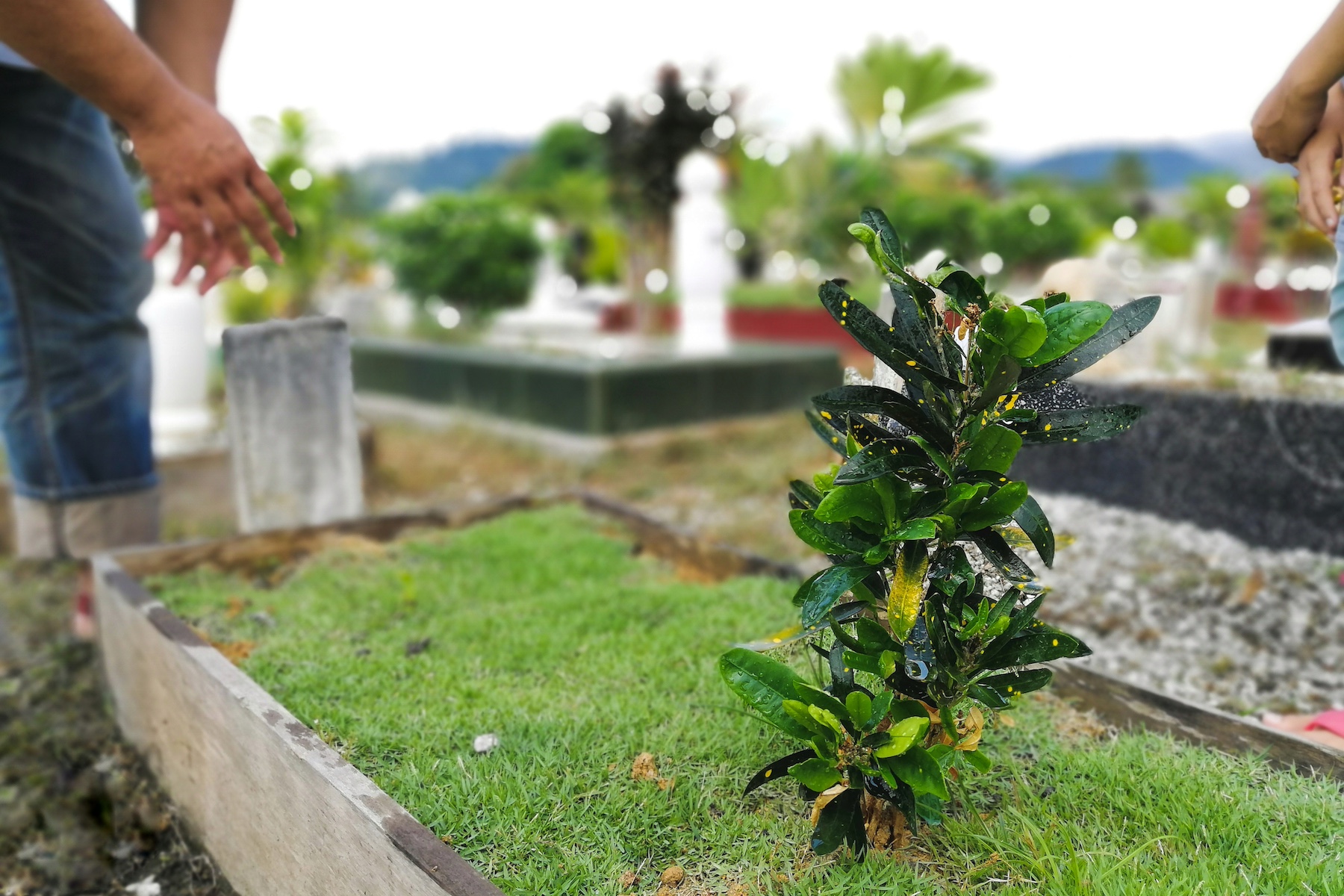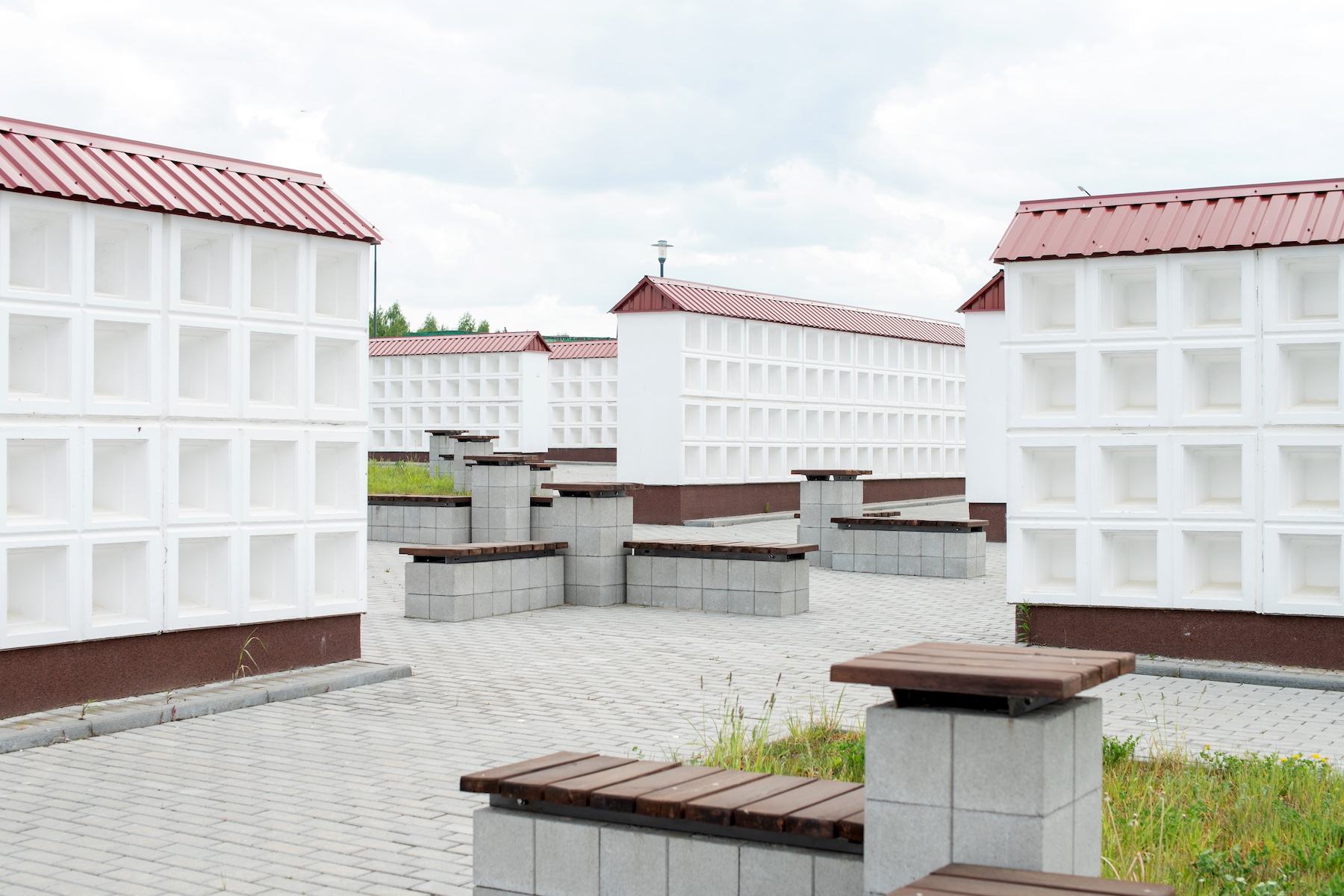There are a lot of things you can do with cremains. Some families keep the cremains in an urn while others scatter the cremated remains somewhere meaningful. And a survey by Choice Mutual found that 12% of families bury cremated remains at a cemetery.
Today, most cemeteries offer space for burying cremated remains. It’s a hybrid concept where the complete decomposition of the body is fast, but there’s a final resting place like you’d have with traditional burial.
Burying cremains isn’t too common in the U.S., but in the past for some cultures it was the norm. It turns out ancient Celts were among the first to make burying cremated remains a regular practice.
Celtic Cremation Tombs Were More Like Modern Columbariums
A recent discovery has shed more light on Celtic cremation tombs that are located throughout Europe. While searching for WWII explosive devices, a German excavation team stumbled upon an ancient Celtic cremation tomb. The cremation tomb is estimated to be 2,300 years old and likely contain the cremains of a man and a woman.
The Celtic cremation tomb also contained a number of objects, including a pair of left-handed scissors, razor, belt chain, robe clasp and part of a shield. It also contained a folded sword, which was symbolic. The Celts would heat the sword so that it could be folded and rendered useless before being placed in the tomb.
Archeologists have known that ancient Celts who lived across Europe between the third and second century B.C. first cremated the dead then buried the cremains in a pit with some of the person’s belongings. The belongings give insight into who the deceased was, but the reason for burying items isn’t quite clear. For example, warriors may have been cremated and buried with a folded sword because Celts might have believed the dead could rise from the grave.
The Celts’ cremation tombs were more like underground columbariums than a modern-day grave for cremains. The items left with the cremains in the tomb tell the story of the person’s life and what was important to them. Many people who have a columbarium, particularly one with a glass display front, do the same thing. They’ll place pictures, medals, jewelry and other memorabilia in the columbarium with an urn containing the cremains.
When cremains are buried today items aren’t put in the ground alongside the urn in the cremation burial plot. Sometimes the cemetery will actually require an urn vault for burial. An urn vault is a lined concrete encasement that holds an urn only and prevents the grave from collapsing in and crushing the urn.
If you need to arrange direct cremation prior to burying cremated remains, Direct Cremate can help you get the process started immediately. We’re available to take your call or answer text messages 24 hours a day.



